Swiss CPI rose 0.5% mom in June, above expectation of 0.3% mom. The monthly rise was due to several factors including rising prices for fuel, heating oil, and fruiting vegetables. Over the 12-month period, CPI accelerated from 2.9% yoy to 3.4% yoy, above expectation of 3.2% yoy. That’s also the highest level since July 2008.
Looking at some more details, core inflation rose 0.2% mom, 1.9% yoy. Domestic products inflation rose 0.3% mom, 1.7% yoy. Imported production inflation rose 1.2% mom, 8.5% yoy.




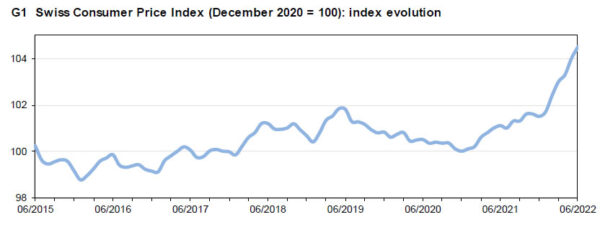
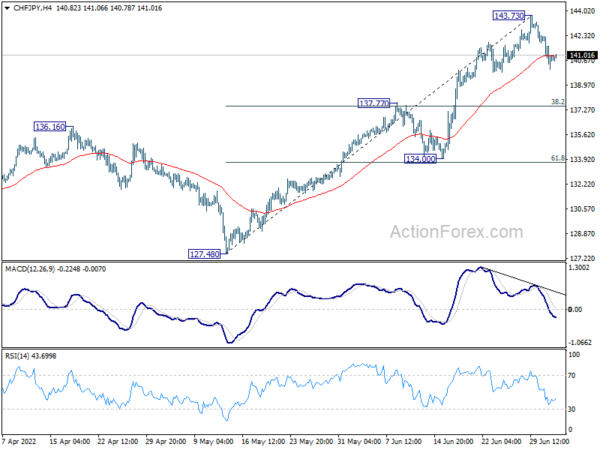
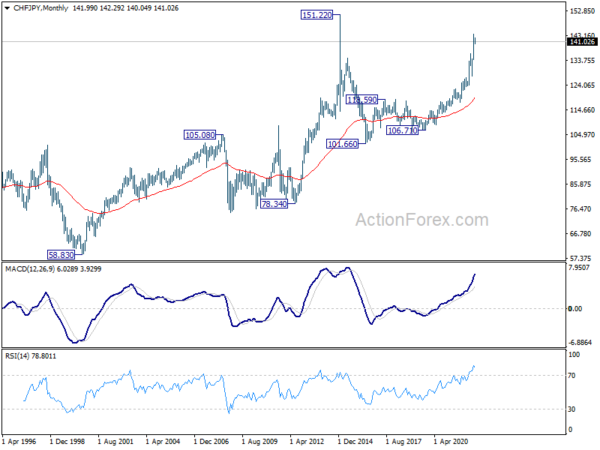
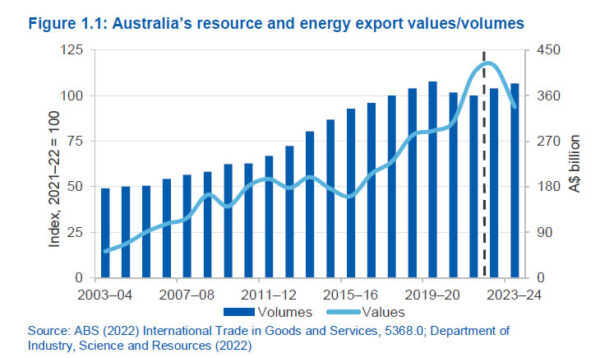
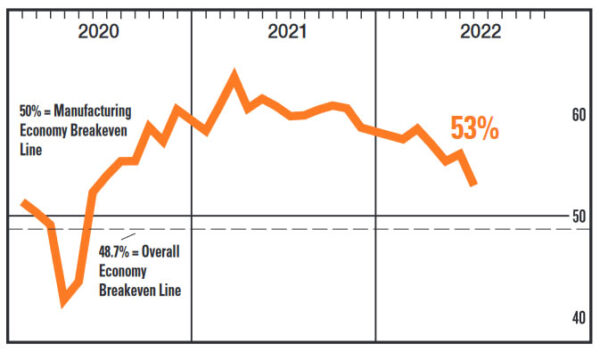
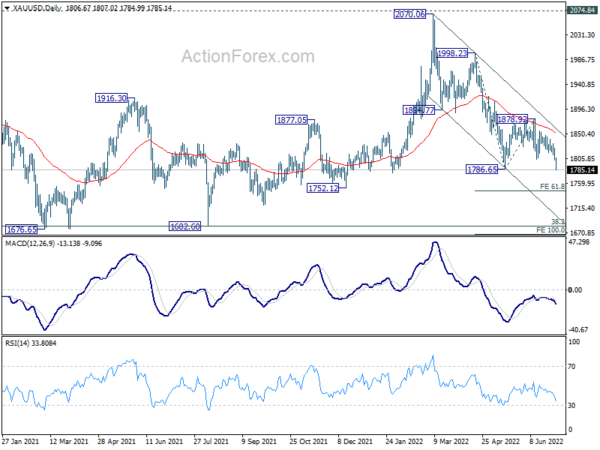
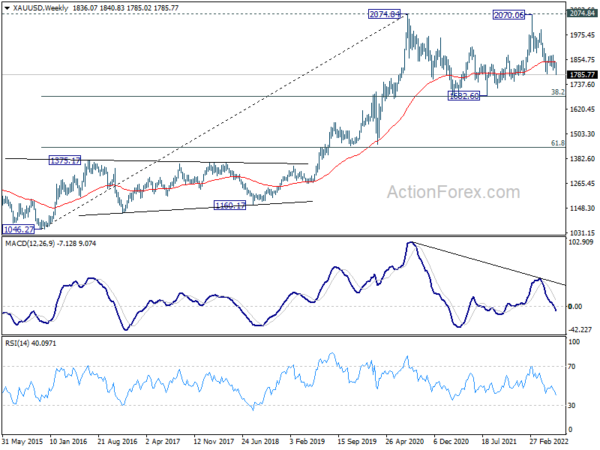
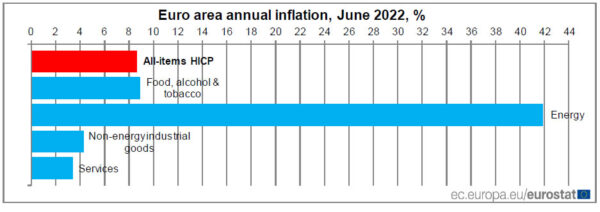
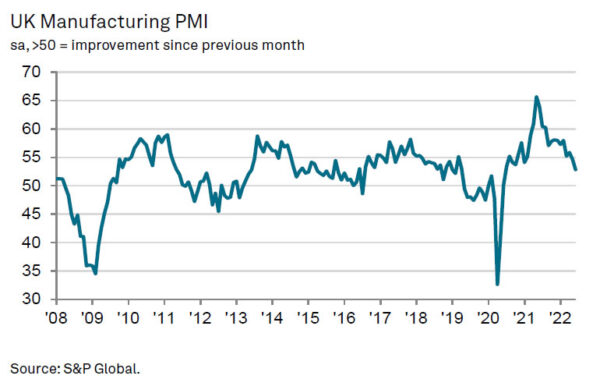
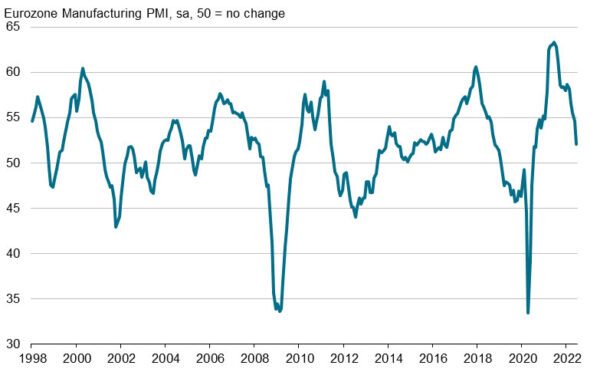
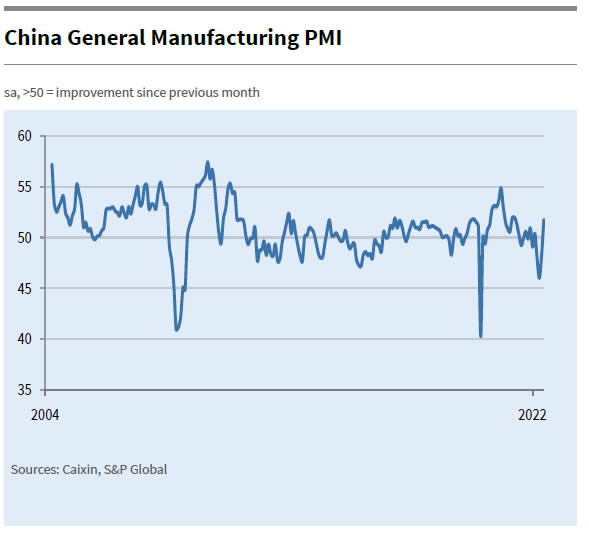
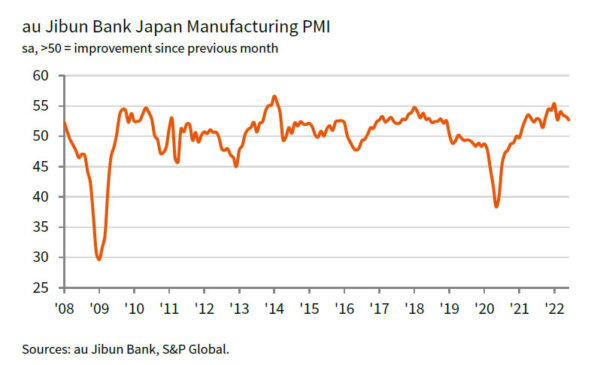
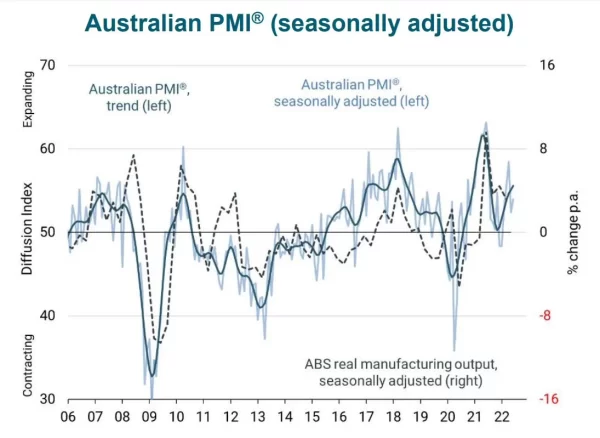
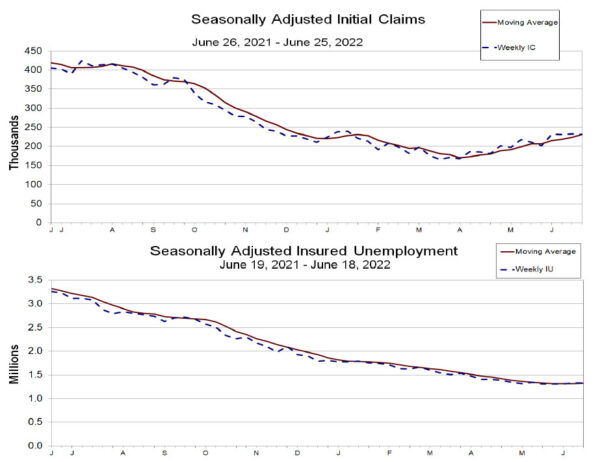
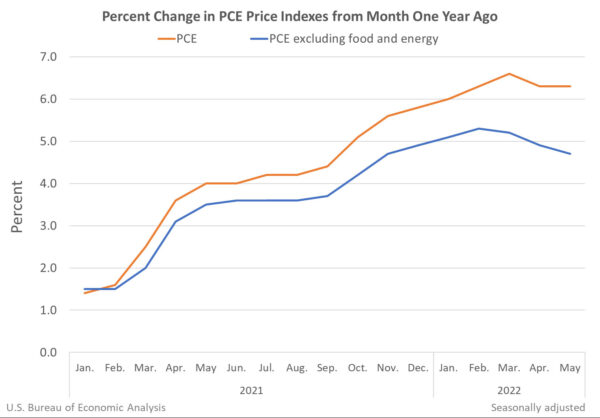
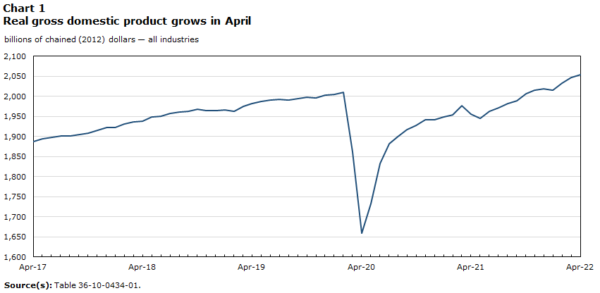
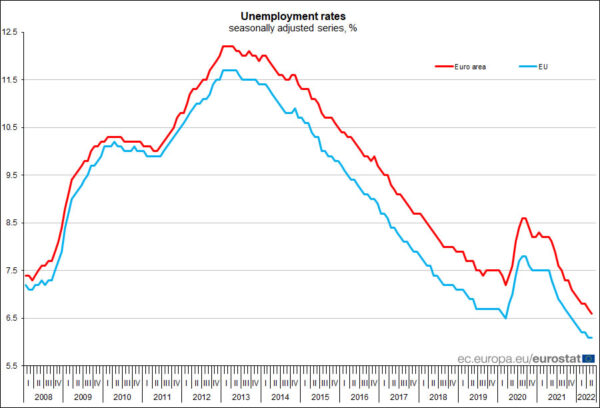
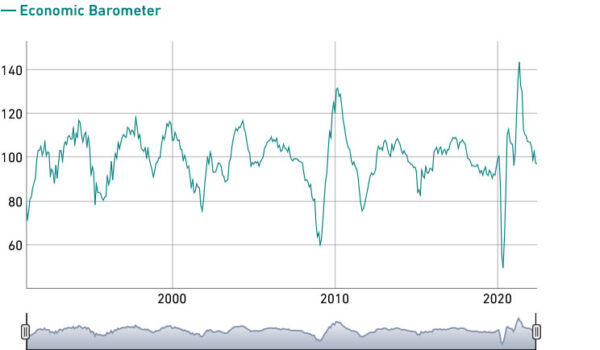
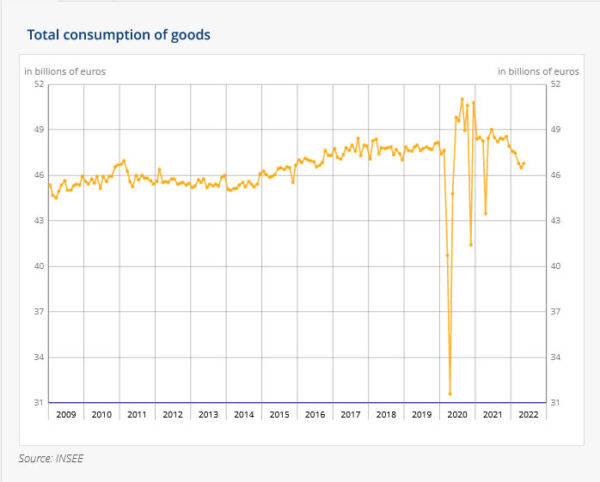

Eurozone PPI up 0.7% mom, 36.3% yoy in May
Eurozone PPI rose 0.7% mom, 36.3% yoy in May, versus expectation of 1.0% mom, 36.7% yoy. For the month, industrial producer prices increased by 1.7% for intermediate goods, by 1.3% for non-durable consumer goods, by 0.9% for durable consumer goods and by 0.6% for capital goods, while they decreased by -0.2% in the energy sector. Prices in total industry excluding energy increased by 1.3%.
EU PPI rose 0.8% mom, 36.4% yoy. Among Member States for which data are available, the highest monthly increases in industrial producer prices were recorded in Finland (+5.5%), Estonia (+5.4%) and Lithuania (+4.9%). Decreases were observed in Ireland (-19.4%), Slovakia (-4.4%), the Netherlands (-0.8%), Bulgaria and France (-0.1% both).
Full release here.